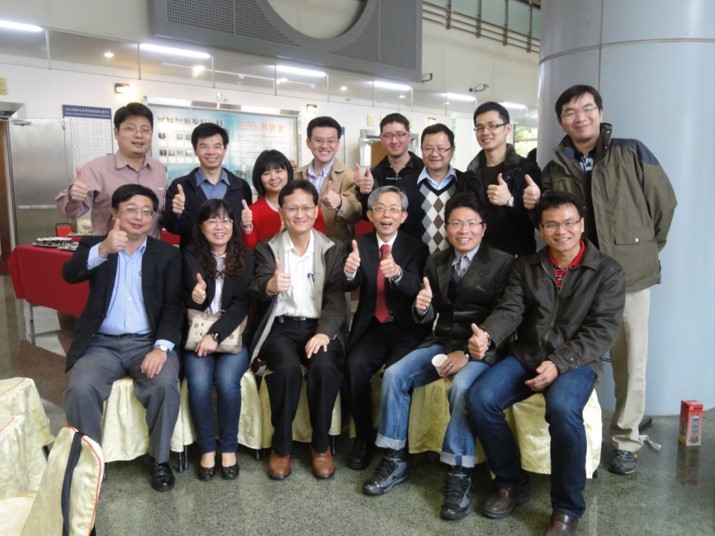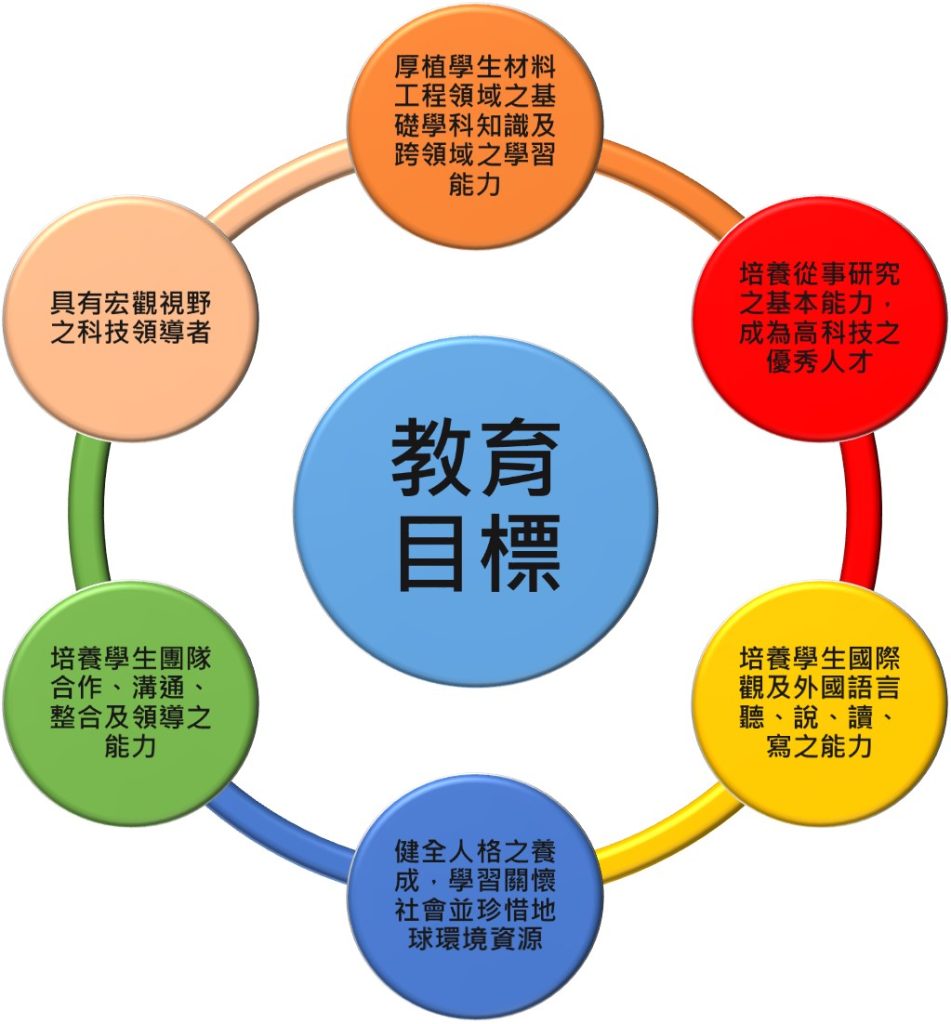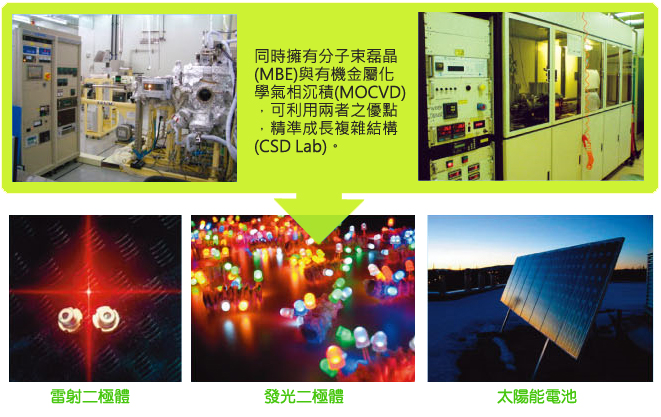ABOUT US / 系所簡介
交大材料系領域發展特色
世界上的材料種類不可計數,但大致上可以將他們分類為: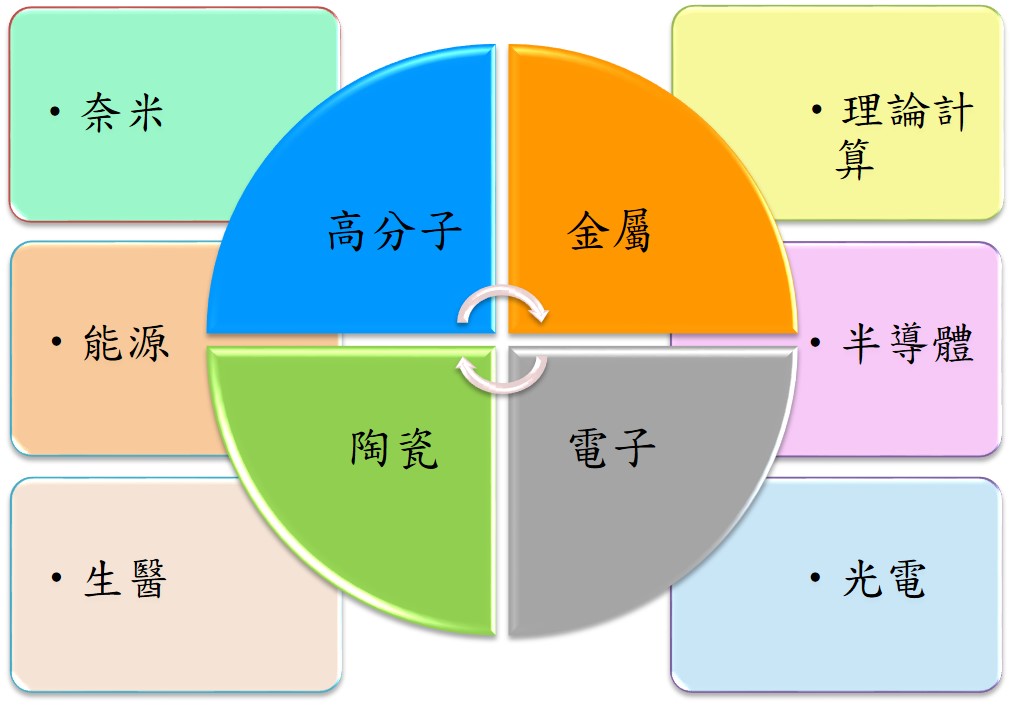
打得遠、打得好的新產品-鐵鋁錳合金高爾夫球頭
目前有多樣鐵鋁錳合金高爾夫球頭成品量產,並獲得2006-2007 日本年度最佳鐵桿大獎殊榮,在所有評比的項目均獲得滿分

晶體內部之奈米雙晶結構與晶界接合處可有效遲滯銅原子的電致遷移現象,此一發現意味著若將高密度奈米雙晶結構導入積體電路晶片中的銅導線,將可有效降低因電致遷移現象所導致之微電子元件失效問題。對於下一世代積體電路製程技術的開發,具有極重要的啟發作用。
與鈦合金及不鏽鋼產品相比
1. 兼具強度和韌性
2. 流動性佳,量產良率大幅提升
3. 阻尼比高(制振能高),提升擊球控球性
4. 楊氏係數高(反彈位能大),提升擊球距離
5. 密度低 ,球頭設計更多樣性
6. 打擊聲音清脆,擊球手感佳
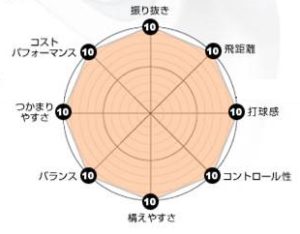

奈米粒子與高分子材料於光電元件的應用
包括分析奈米粒子與高分子間形成自組裝排列的奈米級結構,並利用奈米粒子的量子及光電效應搭配光電高分子運用於發光二極體、太陽能電池及場效電晶體等光電元件。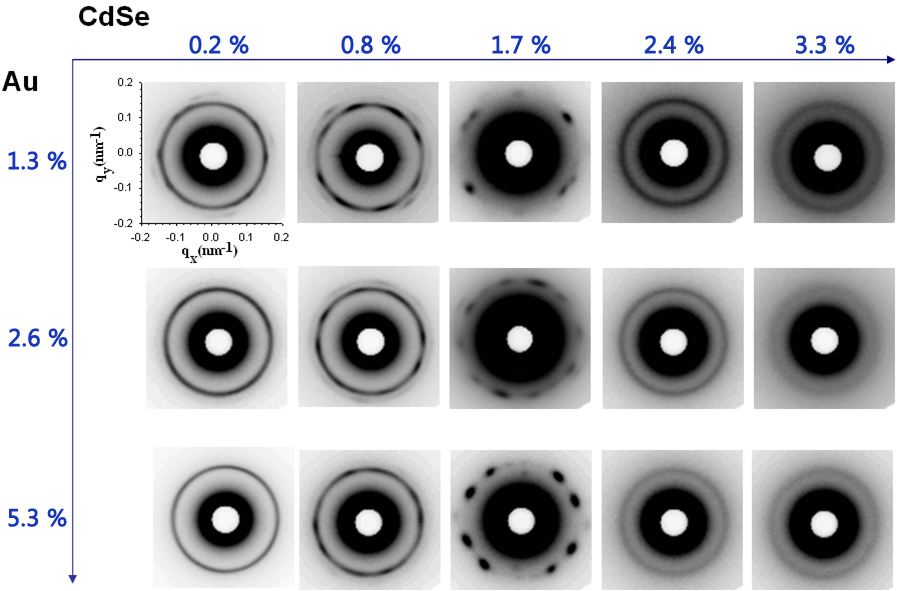
具有完整之三五族半導體元件製作設備 (CSD Lab)

現代化光電材料之製作與應用

電漿輔助原子層化學氣相沉積(PE-ALCVD)在積體電路(IC)上的應用
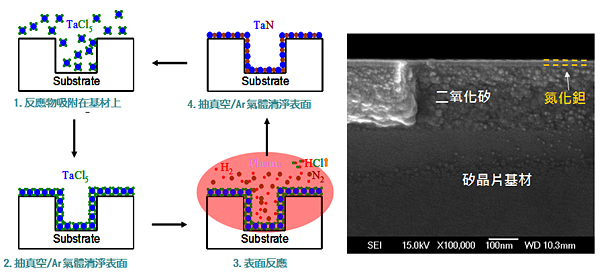
熱電材料與其應用
優點:使用壽命長、不需要額外的工作元件、低污染性、低廉的維持成本、以及高可靠度
缺點:轉換效率低
改善方法:奈米化─奈米薄膜(二維材料)、奈米線(一維材料)
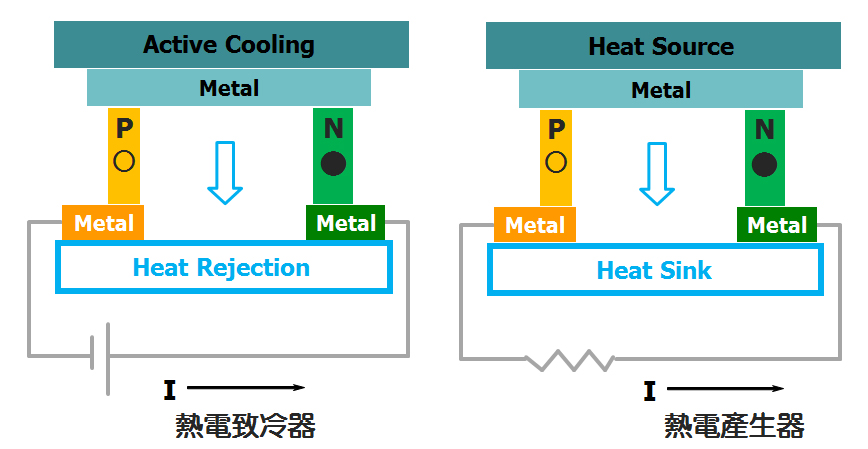
60 nm Bi0.5Sb1.5Te3奈米線
智慧型奈米藥物載體結構之製程與特性
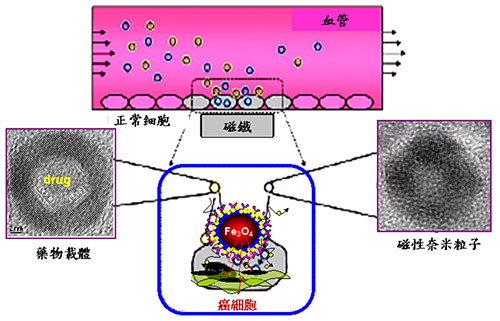
智慧型生物訊號誘導藥物釋放系統應用於癲癇症疾病之治療
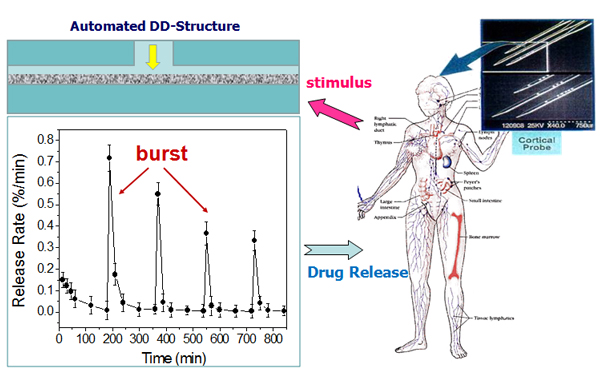
二氧化鈦(TiO2)奈米管陣列應用於UV光感測元件

陽極氧化鋁孔洞模板製作奈米碳管場發射元件
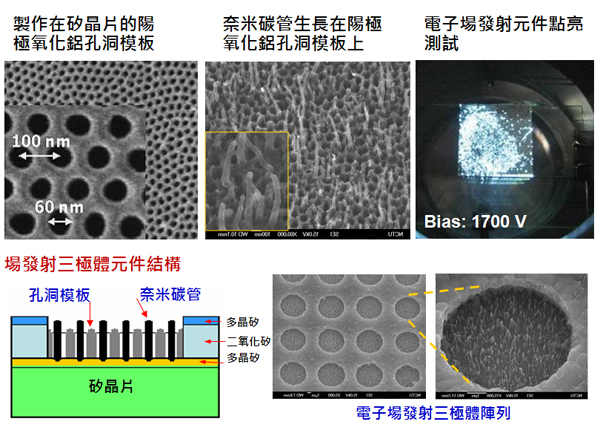
半導體晶片延壽關鍵:高密度奈米雙晶結構
晶體內部之奈米雙晶結構與晶界接合處可有效遲滯銅原子的電致遷移現象,此一發現意味著若將高密度奈米雙晶結構導入積體電路晶片中的銅導線,將可有效降低因電致遷移現象所導致之微電子元件失效問題。對於下一世代積體電路製程技術的開發,具有極重要的啟發作用。
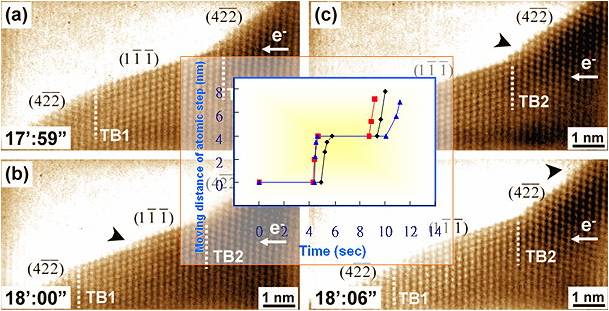 銅原子在奈米雙晶結構下進行電致遷移之高解析穿透式電子顯微鏡影像
銅原子在奈米雙晶結構下進行電致遷移之高解析穿透式電子顯微鏡影像*此研究結果發表於 Science 321, 1066 (2008).
Introduction
交大材料系設有大學部、碩士及博士班。系上共有二十五位教授。是經過完整規劃的系所。本系與國家奈米元件實驗室、工業技術研究院、國家中山科學研究院以及新竹科學工業園區內之高科技產業公司有密切的建教合作關係,強調科技整合與材料創新,替國家培育高科技及尖端材料製造與設計之人才。
The department places great emphasis on students' foreign language proficiency and encourages graduate students to participate in international conferences and present their research annually. These efforts have earned widespread recognition from both academia and industry, domestically and internationally. In recent years, students have visited and engaged in exchange programs with prestigious universities and prominent research centers abroad, such as the University of Washington, the University of California, and the Lawrence Berkeley National Laboratory. Their exceptional performance during these visits has been highly praised.
交大材料系擁有最堅強完備的師資陣容、最前瞻的高科技研究方向、最尖端的設備、最新最大國際級的系館、也是高科技業界的最愛、同時也與各國一流大學接軌。
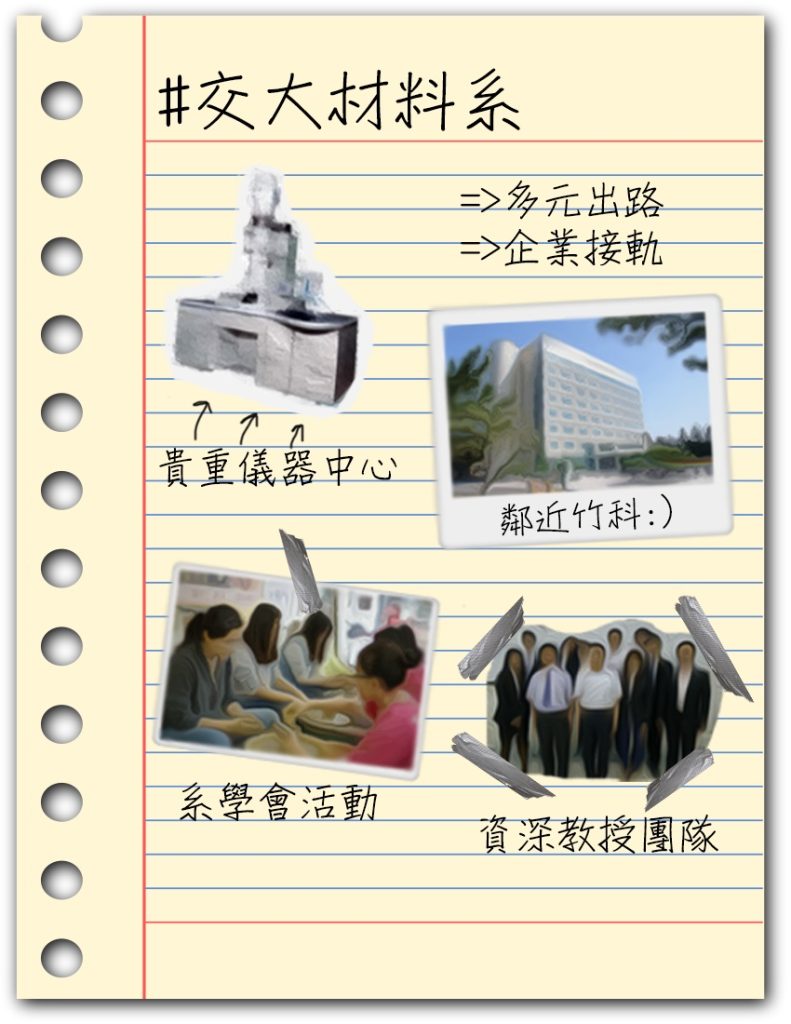
The Most Competent Faculty
交大材料系的教授們專精於各方科學領域,受過完整且扎實的教育訓練,皆畢業於國內外名校(如: 麻省、西北、加州、伊利諾、牛津、台、清、交、成…等)。此外,系上教授更榮獲國內等多項研究大獎(吳大猷、侯金堆、傑出研究獎…等)在科學脈動迅速及產業趨勢變化多端的現今社會中,本系教師一定能提供學子們更前瞻性的思維,更廣遠性的識見的科學知識。
Cutting-Edge Research in Advanced Technology
交大材料系發展重點 :
- 電子材料 (半導體材料、電子相關材料) 半導體(IC)材料製程及元件製作、電子構裝、電子元件。
- 光電材料 (平面顯示材料,如LCD、OLED等材料)液晶顯示器相關材料、發光二極體材料及光電通訊等材料。
- 能源材料 (功能多樣化之能源材料)太陽能源材料、有機及無機能源複合材料及元件。
- 生醫材料 (功能多樣化之生醫材料)藥物載體及釋放材料、生醫及化學感測材料及元件。
- 奈米材料 (功能多樣化之高科技材料)性質優異的高科技電子、光電奈米材料及元件。

交大材料系緊臨新竹科學園區,與多家高科技廠商密切合作,至今已有多項研究成果移轉產業界,創造雙贏共榮局面,技轉金額更是屢創新高。
The Nation's Only Materials Engineering Laboratory
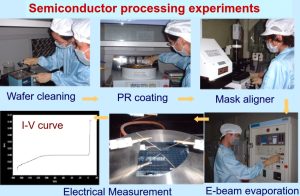
State-of-the-Art Research Facilities
交大材料系擁有豐富且專業的儀器。
These include valuable analytical and processing equipment such as the Auger Electron Spectrometer, Transmission Electron Microscope (TEM), Scanning Transmission Electron Microscope (STEM), Scanning Electron Microscope (SEM), and over a hundred other sophisticated instruments.

The Newest and Largest International-Class Department Building
The international-class Materials Science and Engineering building at National Chiao Tung University was completed in 2005. It provides students with ample space for learning and application, ensuring a smooth and successful academic journey.
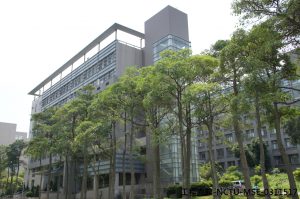
Favorite Among High-Tech Industries
According to a report by CommonWealth Magazine, among the executives at the Hsinchu Science Park, including board chairpersons and general managers, 63.5% are alumni of National Chiao Tung University (NCTU). Additionally, approximately 80% of the publicly listed companies in Silicon Valley, founded by Chinese entrepreneurs, are led by NCTU alumni. According to a survey by Cheers Magazine, NCTU's College of Engineering graduates are highly sought after by companies. Graduates from the Department of Materials Science and Engineering, particularly those with master's and doctoral degrees, receive offers from an average of five or more companies actively pursuing them for employment.
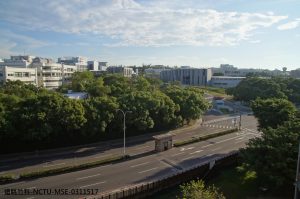
Outstanding Research Excellence
According to a report by the National Science Council, the Department of Materials Science and Engineering at National Chiao Tung University has ranked first nationwide in the impact factor of publications in international journals (SCI papers) over the past three years. This reflects that the quality of our department's published papers is the highest among all materials science departments in the country.
Robust Global Competitiveness
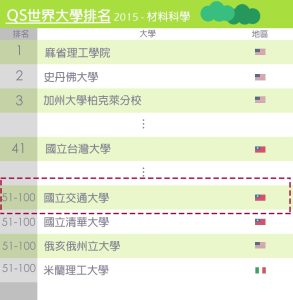
在QS World University Rankings by Subject 2014 – Materials Science調查中,交大材料系勇奪台灣材料界第二殊榮。
Industry-Integrated Photolithography Laboratory
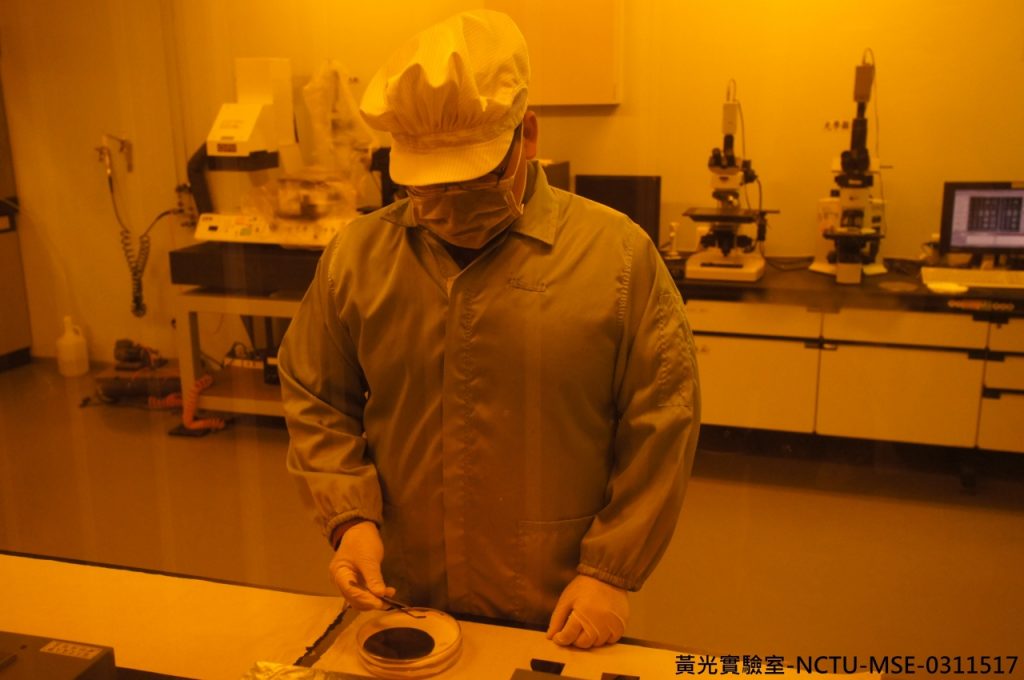
Close Integration with Academic Institutions
The Department of Materials Science and Engineering at NYCU has a close collaboration with the Advanced Materials Research Center at Chiao Tung University. Whether in the field of materials research or in interdisciplinary integration, the department consistently remains at the forefront compared to other institutions.

• 1989 材料所碩士班
• 1992 材料所博士班
• 1997 材料系大學部
• 2004 遷入工六館(五千多坪)
• 2010 奈米所併入
In 1987, the "Materials Science and Engineering Institute Preparation Committee" was established, with President Chang Jun-Yan and Professor Liu Zeng-Feng serving as the convener and deputy convener, respectively. In 1989, the Master's Program in Materials Science and Engineering was officially established, and in 1993, the Ph.D. program began enrolling students. In 1997, the Department of Materials Science and Engineering was approved by the Ministry of Education for establishment. Initially, faculty expansion was insufficient, but under the active efforts of Director Liu Zeng-Feng, 16 additional faculty positions were allocated to the department in 1998. In 2002, the Nano Technology Research Institute was founded, and in 2009, it merged with the Department of Materials Science and Engineering to form a single department with two institutes.
The research fields of the department encompass metals, ceramics, electronics, and polymer materials. In addition to studying the fundamental physical and chemical properties of materials, the department is engaged in the development of novel materials and processing technologies, as well as advanced applications in electronics, optoelectronics, nanotechnology, biomedical fields, energy, and computational simulations.
In 1997, the department officially submitted a proposal to the Ministry of Education for the construction of the Engineering Building 6. However, due to the aftermath of the 921 Earthquake, securing funding proved difficult. After multiple negotiations between Dean Liu Zeng-Feng and Director-General Huang Shi-Chang with the Ministry of Education, the project was approved with the highest rating in 1999. In 2005, the department relocated to the newly built Engineering Building 6, which was meticulously planned to provide comprehensive teaching and research resources. The department's facilities include classrooms equipped with complete audiovisual equipment, spacious undergraduate teaching laboratories, and a valuable instrument center. The Instrument Center houses over a hundred valuable analytical instruments and processing equipment, such as TEM, SEM/EDX, AES, XRD, FIB, and more. The equipment resources are among the best in the country, and the department continues to actively expand its facilities. All faculty members have their own independent laboratories, equipped with materials processing and property analysis tools across various fields, ensuring that students receive ample training and learning opportunities. The well-established research and learning environment is reflected in the faculty's outstanding research achievements. Over the past five years, the department has published nearly 400 SCI papers, all in top 20% journals within their respective fields, many of which have been widely cited. In 2006, each faculty member averaged 9.6 publications per year, setting a record for the highest quantity and quality among materials science departments in the country.
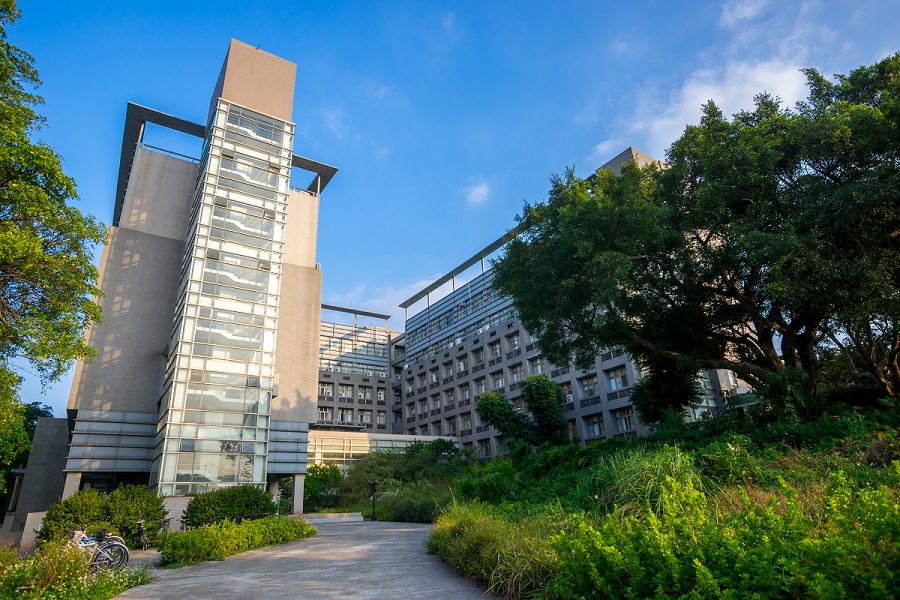 *感謝 林漢文博士提供照片
*感謝 林漢文博士提供照片All full-time faculty members in the Department of Materials Science and Engineering hold Ph.D. degrees from prestigious universities both domestically and internationally, ensuring that they are well-equipped to teach the foundational subjects of the department with ease. The academic research fields of the faculty are diverse, covering high-tech materials such as electronics, optoelectronics, and nanomaterials. Additionally, the department’s research encompasses emerging areas such as biomedical materials, energy materials, and computational simulations. The department will continue to hire outstanding faculty members from various fields to achieve its goal of fostering interdisciplinary and diverse expertise.
